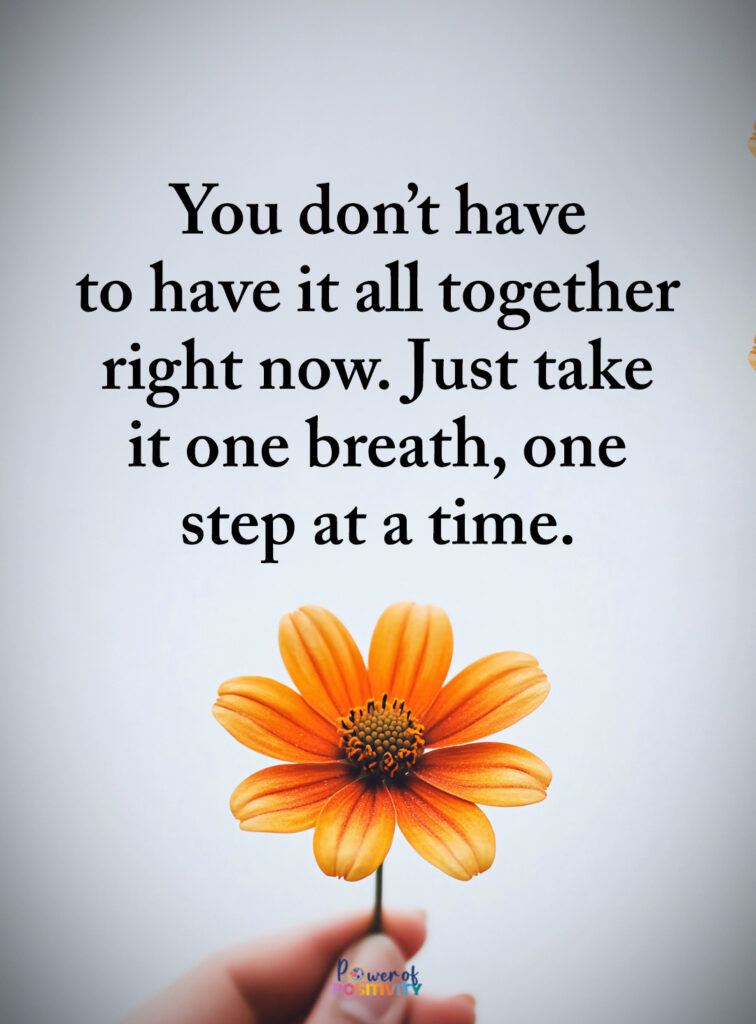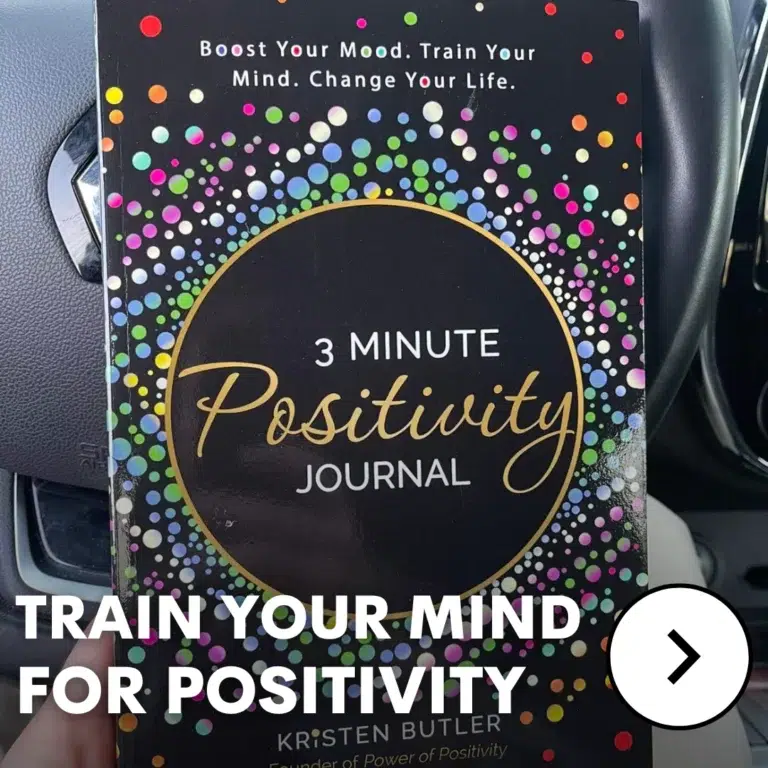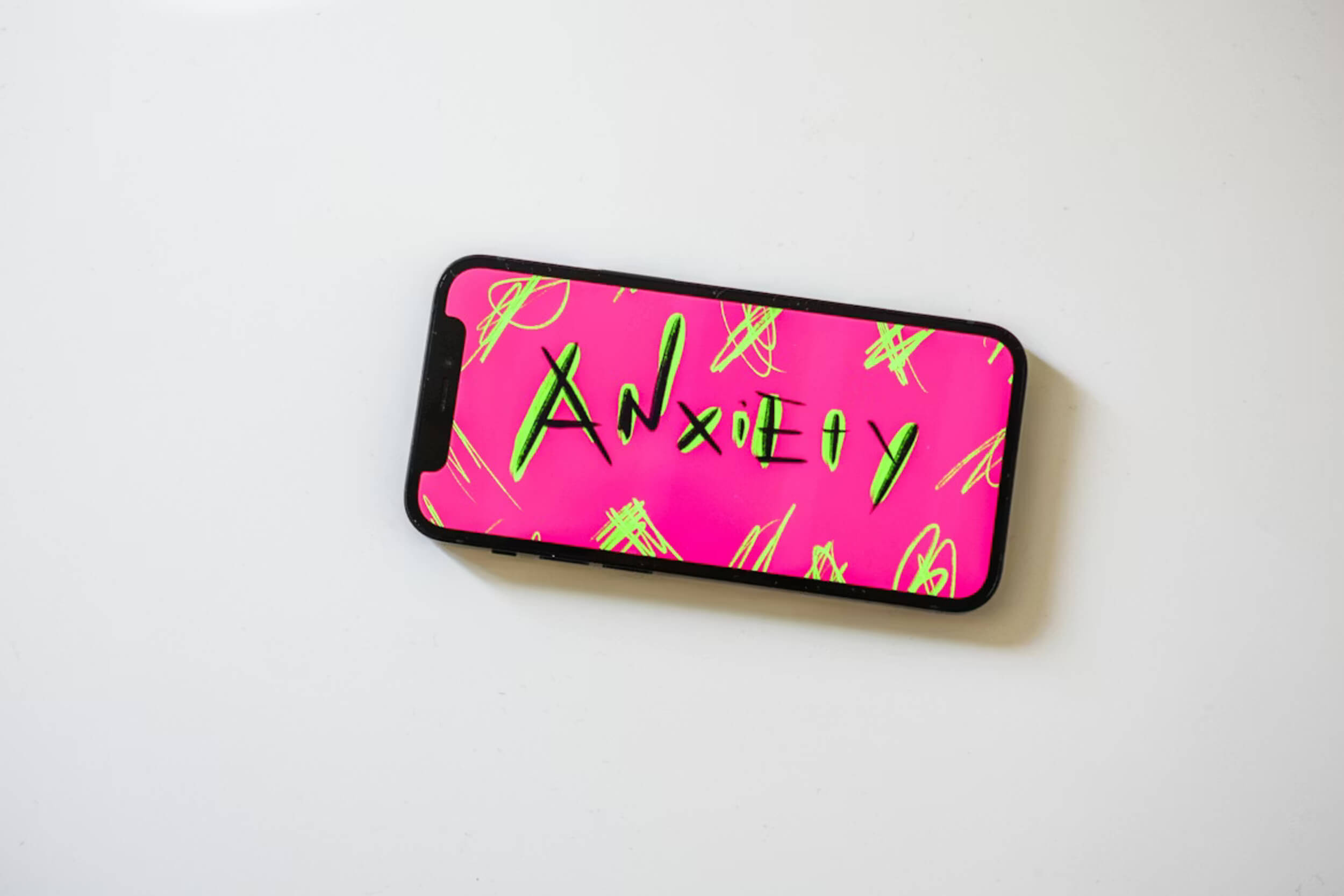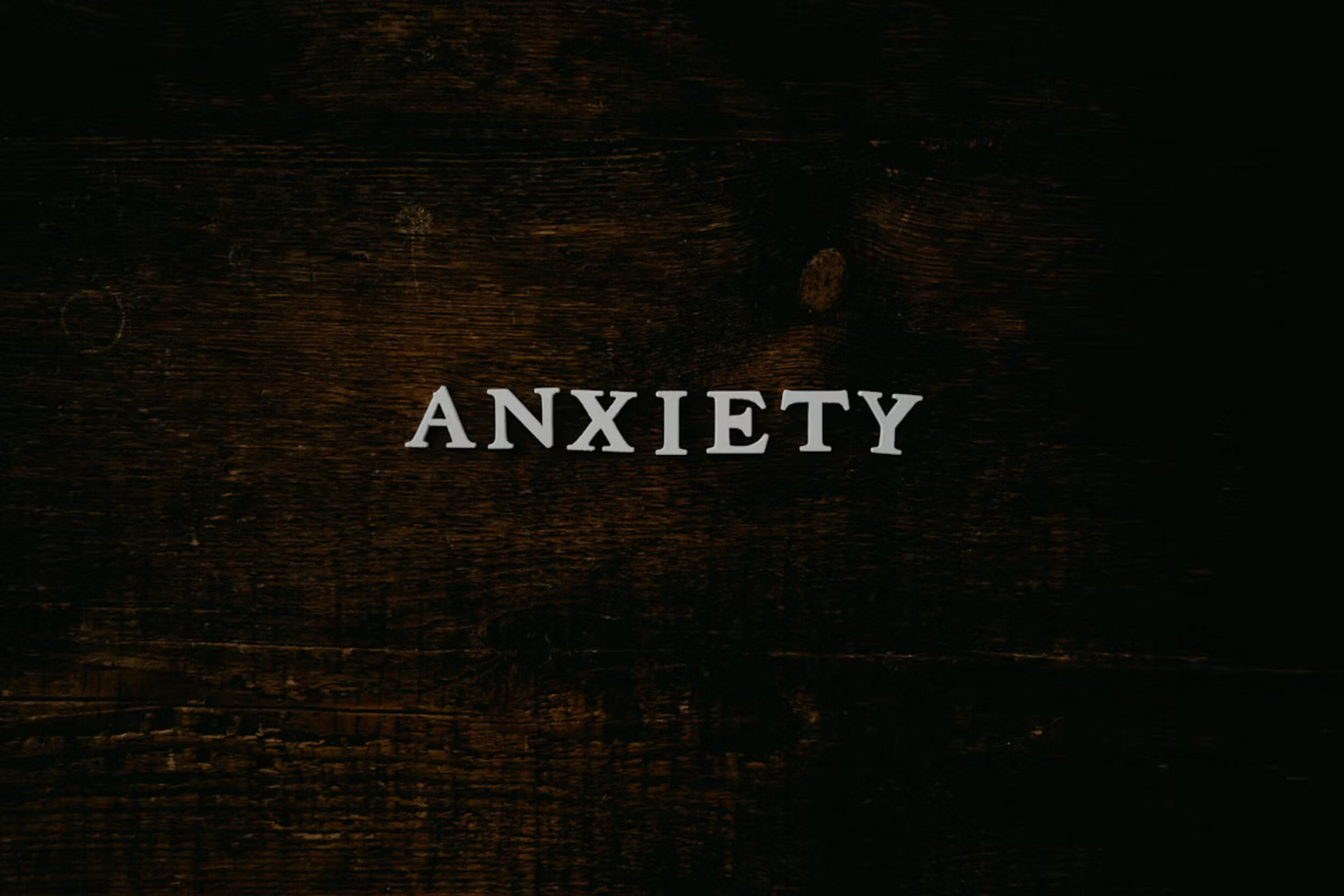Waking up without a reason to care feels like moving through fog. The things you used to enjoy don’t hit the same. Even basic tasks can feel like too much. You’re not lazy. Nothing about you is broken. What you are is drained—and that’s a very real place to be.
Feeling empty or stuck isn’t always tied to something big. It can sneak in quietly—after a long week, a rough patch, or simply too much noise from the world around you. And when the energy runs out, motivation doesn’t always show up to rescue you.
But here’s the thing: you don’t need to wait for inspiration to strike. You can create your own inspiration, even when you feel flat. This isn’t about pushing yourself harder. It’s about starting smaller, being honest with where you are, and learning to build something steady from that place. Let’s figure out how—step by step.
Step 1 — Accept That You Feel Uninspired (and That’s Okay)
Feeling stuck doesn’t mean you’re doing something wrong—it just means it’s time to pause, not push.
No Need to Fake Positivity
Pushing through with a smile when you’re feeling empty only makes things worse. Pretending you’re fine or “motivated” doesn’t bring real energy back—it just hides the truth from yourself. You’re allowed to admit when you feel off.
Trying to force inspiration rarely works. It’s like yelling at a tired phone to charge faster—it still needs time, and so do you. Honesty with yourself is the first way to take the pressure off.
Inspiration Isn’t Always Spontaneous
Waiting for the perfect moment to feel excited again? That moment might not come. But that’s okay—you can create your own inspiration in small ways, even if you’re starting from zero.
Instead of waiting for motivation to strike, think of it like planting a seed. It may take a while to grow, but it still starts with a single step.
Step 2 — Take Inventory of What’s Actually Missing
Before you can feel better, it helps to know what’s really missing underneath the emptiness.
Get Specific About the Void
A blank feeling doesn’t always come from the same place. Before you try to fix it, figure out what’s actually missing. Is the emptiness:
- Emotional? (You feel numb, lonely, or disconnected)
- Mental? (Your thoughts are cloudy or scattered)
- Creative? (You’re stuck and nothing feels fresh)
- Physical? (You’re tired, drained, or restless)
Naming the type of emptiness helps you understand where to start. And when you know what’s missing, it’s easier to create your own inspiration in a way that makes sense for you.
Use Micro-Journaling Prompts
If you’re not sure what you feel, try writing just one or two lines a day. Ask yourself:
- What’s one thing I wish I felt right now?
- What’s draining me lately?
- What do I miss doing that used to make me feel alive?
You don’t have to write a full page. Even a few words can help you notice what’s going on underneath.
Step 3 — Focus on Input Before Output
Instead of forcing yourself to produce something, start by gently taking in things that fill you up again.
You Can’t Pour From an Empty Cup
Trying to produce anything when you’re totally drained isn’t fair to yourself. If your mind feels like a blank screen, maybe it’s time to stop “creating” and start receiving.
Refilling yourself with good input is one of the fastest ways to create your own inspiration again.
Try Low-Effort Inspiration Sources
Pick one thing that feels light—not heavy, not deep. Even simple things can restart the spark:
- A calming podcast or audiobook
- A short walk with no phone or music
- Watching interviews or behind-the-scenes videos of people you admire
- Looking through old photos, music playlists, or childhood memories
Don’t force yourself to feel anything. Let these things work quietly in the background. When your mind feels full again, your energy to create usually follows.
Step 4 — Shift from Pressure to Curiosity
When you stop chasing results and start following what feels interesting, inspiration has room to return.
Try a “No Goals, Just Try” Approach
Thinking you have to feel inspired or productive often kills the joy of starting. Take the pressure off. Try something new, but don’t aim to finish it. Just see where it takes you.
Draw without thinking. Write something silly. Start a playlist even if you only add two songs. The point isn’t results—it’s movement.
Make Space for Play
Forget rules. Forget plans. Let yourself mess around. Play like you did when you were younger, with no reason except that it felt good.
Ideas to try:
- Doodle on the corner of a notebook
- Move furniture around in your room
- Try on clothes just for fun
- Make a list of things you’d never do but secretly want to
This is how you create your own inspiration without forcing anything.
Step 5 — Get Moving (Even a Little)
Sometimes the quickest way to clear your mind is to start with your body—even if it’s just a few small movements.
Physical Movement Is Emotional Lubrication
When your thoughts feel stuck, your body can help get things going. Movement doesn’t have to be big or sweaty to work. Just standing up and stretching changes things.
Try:
- A slow walk to the end of the block
- Dancing to one song
- Stretching your arms, back, or legs
Shifting your body, even for five minutes, can shift your mind too.
Make It Unstructured
This isn’t a workout. You don’t need a routine or a timer. Just move how you want to move. Let it be simple. Let it be enough.
Often, the smallest motion is the first real push out of feeling stuck.
Step 6 — Set Up a “Tiny Inspiration Station”
Creating a small space that feels calming or uplifting can help spark something inside when everything else feels flat.
Your Space Can Spark Something
Having a small, quiet corner just for yourself can change your whole mood. It doesn’t have to be fancy. Even a chair by a window or a cozy spot on the floor works.
What to include:
- A favorite candle or soft light
- A small object that makes you feel calm or safe
- A notebook, book, or art supply
- A warm drink or snack
Just having a space like this can gently remind you that you matter.
The Goal Is Not Productivity
Don’t turn this into a to-do list zone. This is a space to breathe. Sit for a minute. Let your thoughts wander. Stare at the wall if that’s what helps right now.
This is your spot to reconnect with yourself. You don’t need a reason. You don’t need a plan. Just show up—and let that be enough for today.
Step 7 — Lower the Bar All the Way Down
Not feeling “ready” isn’t a flaw—it’s a sign to start smaller.
Break the “All or Nothing” Trap
Perfectionism often shows up in disguise, making you feel like anything less than 100% isn’t worth it. But most of the time, it’s not motivation people need—it’s permission to do less.
Can’t get words out? Start with one sentence.
Too tired to clean? Just fold a single shirt.
Not up for a full conversation? A heart emoji says enough.
These tiny starts build real momentum.
One Tiny Win Is Enough Today
You don’t need to finish the thing. Just showing up, even briefly, counts.
It could be:
- Brushing your teeth
- Drinking a glass of water
- Opening the notebook, even if you don’t write
Every little action adds up. That’s how you create your own inspiration—bit by bit.
Step 8 — Borrow Energy Until Yours Returns
Being around energy can help restart your own, even if it’s through a screen.
Let Other People Light You Up
You don’t have to feel excited to start. Watching someone else light up about their thing can spark something in you.
Try these:
- A cooking video by someone who clearly loves food
- A TED Talk with energy behind it
- A favorite actor in a behind-the-scenes interview
Their passion can give you a little boost.
Let Connection Replace Isolation
Sometimes all you need is a little human moment to feel less stuck:
- Send a message to someone you miss
- Scroll through old conversations or photos
- Call a friend just to say hi—no deep talk needed
Even passive connection helps you feel less alone while you work to create your own inspiration again.
Step 9 — Capture Fleeting Sparks Without Judgment
A random thought might pop up—write it down before it fades.
You Might Get a Tiny Idea—Write It Down
Not every idea needs to be deep or useful. Just jot it down:
- A sentence
- A color
- A memory
- A random “what if…”
This builds a habit of noticing sparks when they come. You’re not chasing a big moment—you’re learning to catch the little ones that could grow into more. That’s part of how you create your own inspiration without pressure.
Step 10 — Give Yourself Credit for Trying
It’s easy to miss how much effort it takes just to care again.
This Effort Matters More Than You Think
You didn’t give up—you tried. That counts.
- You showed up today.
- You took small steps.
- You looked for ways forward, even if they felt tiny.
Give yourself credit for all of that. Progress isn’t always visible, but it’s there. And the more you notice it, the more you’ll believe you can keep going.
Final Thoughts on Creating Inspiration From Scratch
Feeling flat doesn’t mean you’re broken—it just means you’re low on fuel. That happens.
You don’t need to fix everything overnight or come up with a big plan. One honest step, one small shift, is enough to start building something real.
Even on your lowest days, you still have the power to create your own inspiration—not by force, but by showing up gently for yourself.
Keep going, even if it’s slow. Your spark isn’t gone. It’s still there, waiting for the right moment to rise again.















